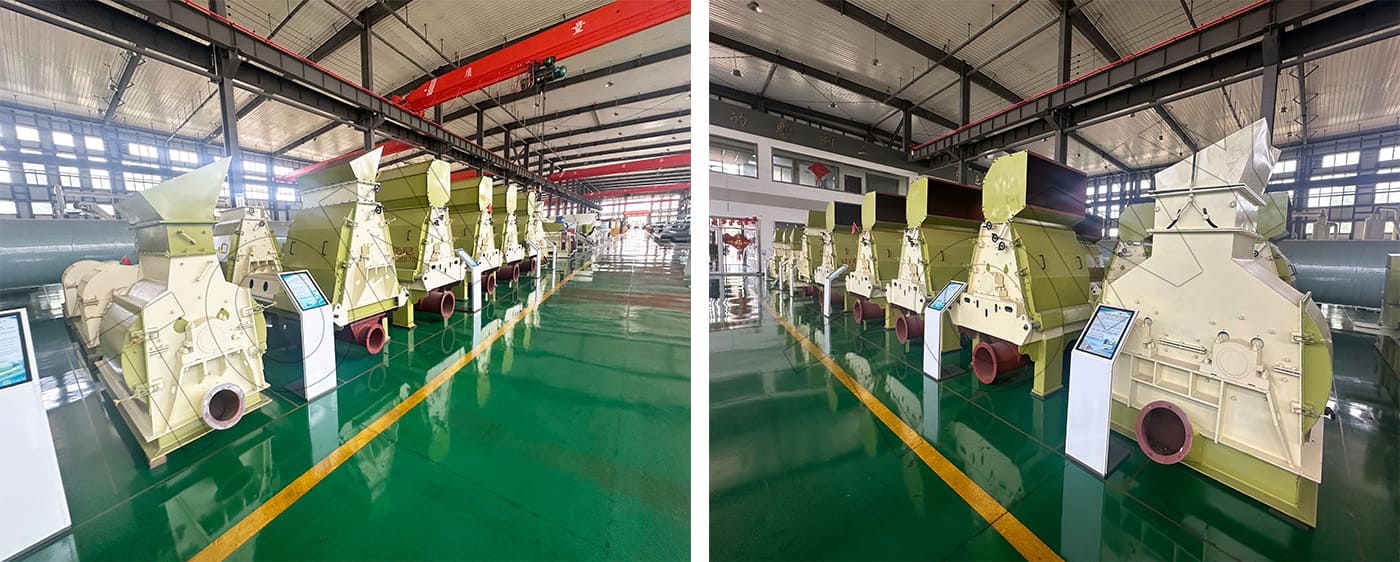1. Pre-Startup Inspection
Appearance and Connections:
Check the machine body bolts (such as those securing the housing, bearing seat, and motor base) for looseness. If so, tighten them with a wrench to the specified torque (typically 30-50 N·m for grade 8.8 bolts).
Check the feed and discharge ports for foreign objects (such as metal blocks or rocks) to prevent material jamming and damage to the equipment during startup.
Lubrication System:
Check the bearing housing lubricant (grease) level and condition. The oil level should be between 1/2 and 2/3 of the way up as shown in the oil mirror. The oil should be clear, free of impurities and emulsification. (If it appears milky white or contains black particles, replace immediately.)
Add lithium-based grease (recommended 3#, suitable for medium-speed, medium-temperature conditions) to lubrication points on transmission components (such as pulleys and couplings). Fill only enough to allow the grease to overflow from the gaps. Motor and Drive:
Check the motor wiring for security, reliable grounding, and cable damage.
Check the belt tightness: Press the center of the belt with your finger; the deflection should be 10-15mm. Too loose will cause slippage and overheating, while too tight will increase bearing load. Adjust the motor position to the appropriate tightness.
2. Monitoring During Operation
Parameter Monitoring:
Monitor the operating sound of the equipment. Normally, it should be a uniform "crunching" sound. If a sharp, unusual sound (such as metal clashing) or increased vibration (amplitude exceeding 0.1mm) is detected, immediately stop the machine for inspection to eliminate problems such as loose hammers, rotor imbalance, or material jamming.
Monitor the bearing temperature: Use an infrared thermometer to measure the bearing seat temperature. Normally, it should be ≤70°C (at an ambient temperature of 30°C). If it exceeds 80°C, stop the machine for cooling and check for poor lubrication or bearing wear.
Check the output particle size: If the particle size suddenly becomes coarser, this may indicate hammer wear, screen damage, or a drop in speed. Stop the machine for inspection. 3. Post-Shutdown Processing
Removing Residual Materials:
After turning off the power, open the machine casing and clean any residual material inside (especially for materials with high humidity to prevent clumping and clogging). Compressed air can be used to clear any dead corners (such as the gap between the screen and the casing).
If processing corrosive materials (such as salty waste), rinse the interior with water, wipe dry, and air dry to prevent rust on metal parts.
Short-Term Storage Protection:
If the machine is shut down for more than 24 hours, disconnect the power and cover the inlet and outlet with dustproof cloths to prevent dust from entering.






















